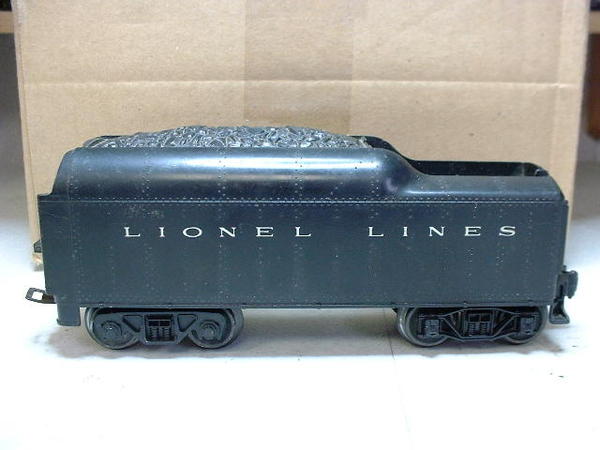Thanks for the responses so far 
I looked on Ebay at the 2035 (and at Pete's link to the Lionel list for reference) and the prices/conditions varied somewhat.
I haven't ruled out any engine yet, just set some preliminary preferences.
I really haven't had much dealings with older Lionel engines other than cleaning a box full of them for a co-worker back in the 90s. He had some nice engines, that once all the animal hair and carpet lint were removed, ran great. I had to replace a couple of headlights but that was it.
But just the act of reaching down into that box and pulling out a heavy steam engine was enough to get the juices flowing. The guy has since past (he was fairly young when he died, probably in his 40s if that), no telling what happened to the trains.
I'm pretty good with working on these things so anything short of a basket case would be OK by me, as long as most of the parts are there.
Are parts easy to come by? I attended a train show in VA Beach a few years back and purchased some parts for my Scout (1060). When I got home they didn't fit (still have them in the packages).
Here's a photo of the tender I got when I bought the Scout:

Not sure if this is the correct tender or not. Was this tender used with any other engines? I bought a shorter, sloped-back tender which I currently have on the Scout. This long tender has no whistle or any electronics at all.
Can a MTH Z750 be used with these post-war engines? The only other transformer I have (that's not being used) is an old American Flyer No. 1A unit made by AC Gilbert.
![]()
![]()
![]() )
)









